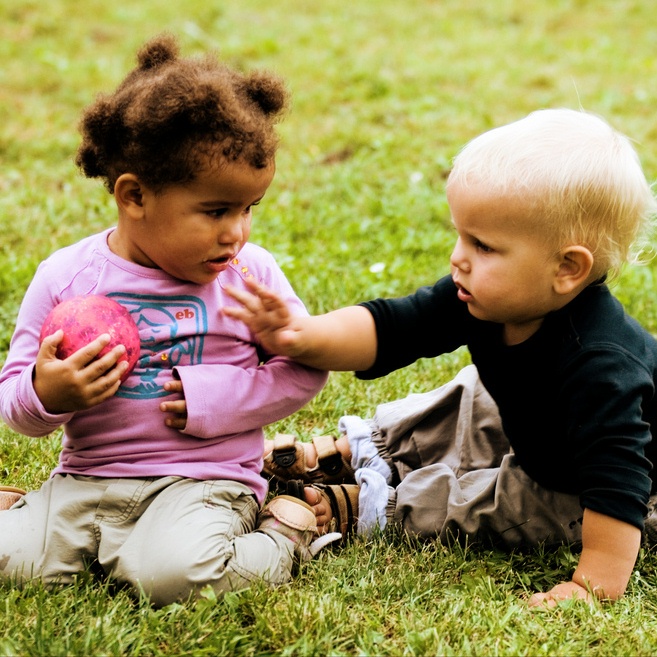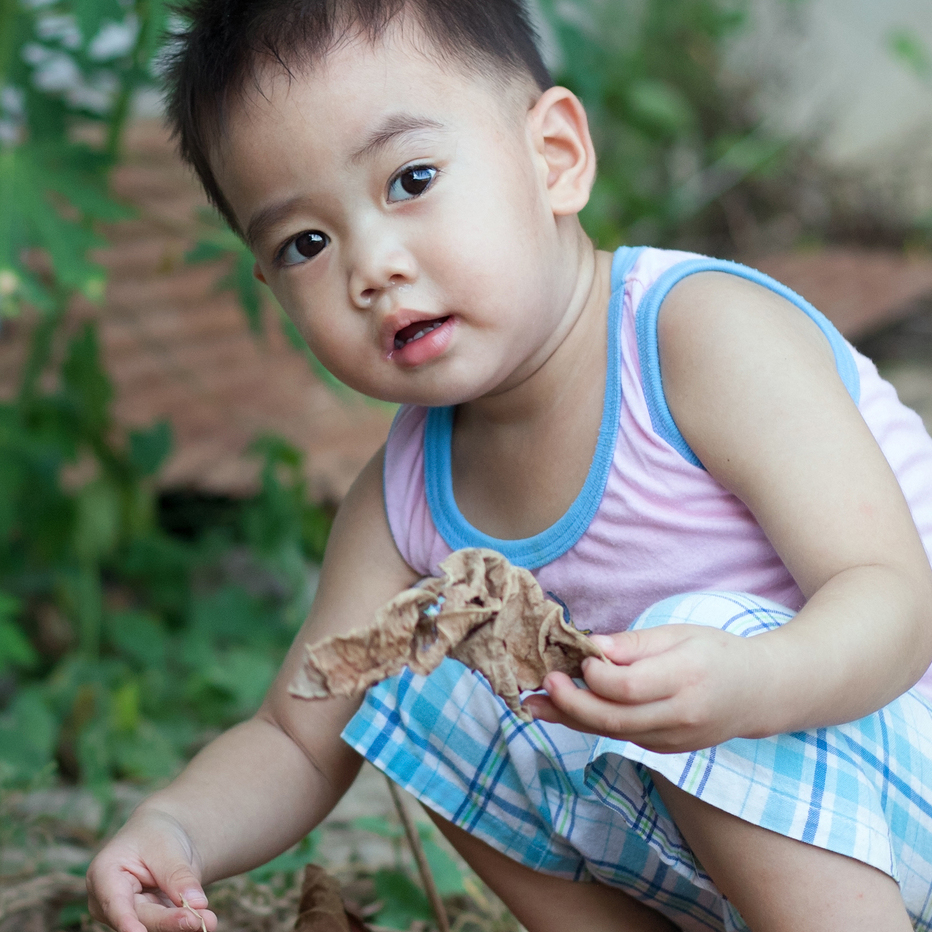I. Introduction

A. Definition of the toddler hitting phase
The toddler hitting phase is a developmental stage in a child’s life where they may express their frustrations or emotions through physical aggression, such as hitting, biting, or kicking. This behavior is often seen in children between the ages of 1 to 3 years old.
B. Common reasons for toddler hitting
There are several common reasons for toddler hitting, such as frustration, inability to communicate effectively, seeking attention, imitating behavior, or trying to assert their independence. Understanding these reasons can help parents and caregivers address the underlying causes of the behavior.
C. Importance of managing the phase effectively
Managing the toddler hitting phase effectively is crucial for the child’s overall development and well-being. It helps in shaping their understanding of acceptable behavior, promoting healthy social interactions, and providing them with the tools to manage their emotions in a constructive manner.
II. Duration of Toddler Hitting Phase
A. Typical duration of the hitting phase
The toddler hitting phase is a common behavior that many children exhibit as they begin to navigate their emotions and social interactions. This phase typically occurs between the ages of 1.5 to 3 years old, although the duration can vary significantly from child to child. Some toddlers may go through a brief hitting phase, while others may engage in hitting behavior for a more extended period. It’s important for parents to understand that this phase is a normal part of development and can be effectively managed with patience and the right strategies.
B. Factors that can influence the duration
Several factors can influence the duration of the toddler hitting phase. These may include the child’s individual temperament, their ability to regulate emotions, their exposure to conflict or aggression in their environment, and the consistency of responses from caregivers. Additionally, major life changes, such as the arrival of a new sibling, starting daycare, or a move to a new home, can also impact the duration of the hitting phase. Understanding these factors can help parents navigate and support their child through this challenging behavior.
C. Signs that the hitting phase is ending
As challenging as the toddler hitting phase may be, it is important to recognize that it is a temporary stage in a child’s development. There are several signs that can indicate the hitting phase is coming to an end. These may include a decrease in the frequency and intensity of hitting incidents, an improvement in the child’s ability to communicate and express emotions verbally, and an increase in positive social interactions with peers and family members. Being attuned to these signs can provide reassurance to parents and caregivers, knowing that their child is progressing through this phase.
III. Strategies for Managing Toddler Hitting

A. Positive discipline techniques
Positive discipline techniques can be effective in managing toddler hitting behavior. Instead of resorting to punitive measures, focus on positive reinforcement for desirable behavior. Praise and reward your child when they interact with others in a kind and considerate manner. Providing positive attention for appropriate behavior can help reinforce positive social interactions and diminish hitting tendencies.
B. Teaching empathy and understanding
Teaching toddlers empathy and understanding can be a powerful tool in managing hitting behavior. Encourage your child to recognize and understand the feelings of others, helping them develop a sense of empathy. Use age-appropriate language and examples to help them understand how hitting can hurt others, both physically and emotionally. Reading books and discussing emotions can also aid in fostering empathy.
C. Redirecting aggressive behavior
Redirecting aggressive behavior towards positive outlets can help manage toddler hitting. Offer alternative ways for your child to express their frustration, such as drawing, stomping their feet, or squeezing a stress ball. Engaging in physical play and activities that allow them to release energy in a safe and appropriate manner can also help reduce hitting incidents.
IV. Seeking Professional Help
A. When to consider seeking help
While it’s common for toddlers to display hitting behavior as they navigate their emotions and social interactions, there are times when seeking professional help may be necessary. If your child’s hitting behavior is frequent, intense, or causing harm to themselves or others, it’s important to consider seeking professional assistance. Additionally, if you feel overwhelmed or unsure of how to effectively manage your child’s hitting behavior, seeking help can provide you with the support and guidance you need.
B. Types of professionals who can provide assistance
There are various types of professionals who can provide assistance when it comes to managing toddler hitting behavior. This may include pediatricians, child psychologists, behavior therapists, or early childhood educators. These professionals can help assess the underlying causes of your child’s hitting behavior and provide you with strategies and techniques for managing and addressing it effectively.
C. Importance of addressing underlying issues
It’s crucial to address any underlying issues that may be contributing to your child’s hitting behavior. This could include things like communication difficulties, emotional regulation challenges, or social skills development. By addressing these underlying issues, you can help your child learn healthier ways of expressing their emotions.
V. Creating a Safe and Supportive Environment

A. Setting clear boundaries and consequences
Setting clear boundaries and consequences is essential in creating a safe and supportive environment for your toddler. Consistency is key; your child needs to understand what is expected of them and the repercussions of crossing the line. When it comes to hitting, clearly communicate that it is not acceptable behavior and establish appropriate consequences, such as a time-out or loss of privileges. By doing so, you provide a framework for your child to understand the impact of their actions.
B. Encouraging positive interactions
Encouraging positive interactions within the family and with peers can greatly contribute to a safe and supportive environment for your toddler. Children learn through observation and imitation, so model and encourage gentle and kind behavior in your interactions with them and others. Encourage positive social interactions and playdates with other children, where they can learn vital social skills such as sharing, taking turns, and resolving conflicts peacefully.
C. Providing emotional support for the toddler
Emotional support plays a significant role in creating a safe and supportive environment for toddlers. It is essential to acknowledge and validate your child’s emotions, teaching them that it’s okay to feel angry, frustrated, or upset, but hitting is not the appropriate way to express those feelings. Help your child label their emotions and teach them healthy coping strategies, like taking deep breaths or using words to express their feelings. Additionally, provide a safe space for your child to communicate their emotions without fear of judgment.
Creating a safe and supportive environment for your toddler goes beyond managing hitting behavior; it’s about fostering an environment where they feel loved, understood, and guided to develop emotionally, socially, and behaviorally. By setting clear boundaries and consequences, you’ll create a foundation for your child to grow into a compassionate individual.
Conclusion
In conclusion, managing toddler hitting behavior is a complex but essential aspect of parenting. By employing positive discipline techniques, teaching empathy and understanding, and redirecting aggressive behavior, and creating a safe and supportive environment, you can help your child learn to navigate their emotions and interactions in healthier ways. Additionally, knowing when to seek professional help and addressing any underlying issues will provide the necessary support and guidance to effectively manage your child’s hitting behavior.
Raising a toddler is a journey full of ups and downs, and learning to manage their behavior is an integral part of it. With patience, understanding, and the right strategies, you can guide your child through this phase and lay the groundwork for positive emotional and social development. Remember, every child is unique, and it’s okay to seek support when you need it. Together, we can create a nurturing and supportive environment for our toddlers to thrive.
